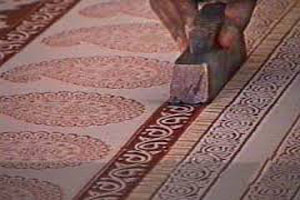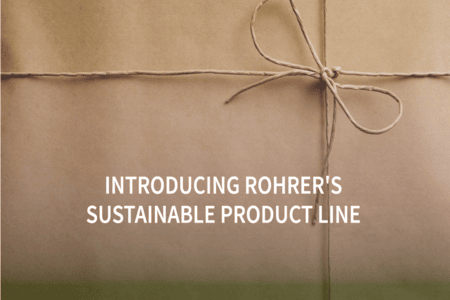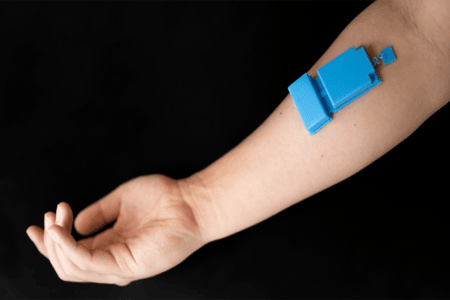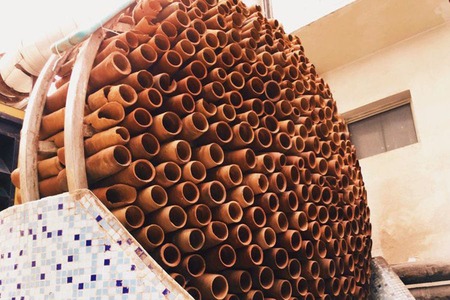
Ajrakh oldest tradition of block printing on textile making a come back
YarnsandFibers News Bureau 2014-08-30 12:00:00 – GujaratAjrakh, one of the oldest traditions of block printing on textiles still practiced in parts of Gujarat and Rajasthan . Ajrak craft products are made with natural dyes. The entire production of the products includes both vegetable dyes and mineral dyes. Indigo is key dye.
Shelly Jyoti, a 56 year-old visual artist, fashion designer, poet, and an independent researcher whose research centres on design and visual representation of 20th century textiles and costumes. Jyoti attracted to the Ajrakh tradition in her show last September introduced works that highlighted ajrakh traditions of printing and dyeing on khadi fabric. She has taken it further in her upcoming show "Salt: The Great March II (Re-Contextualizing Ajrakh Textile Traditions on Khadi in Contemporary Art and Craft) beginning in New Delhi from September 3.
It includes khadi fabric installations, garments with ajrakh printing, paintings that document the country's textile traditions using clothing samplers, a spoken poetry video film as well as 24 artworks utilising Ajrakh.
Ajrakh is a centuries-old craft practiced by Khatris and characterised by its complex geometrical patterns. Its production process is extensive and requires great skill.
The patterns share similarities with ancient Indus Valley Civilisation patterns, and those of the medieval cloth traded along the Indian Ocean route.
The installation, in its formal and technical organisation tries to emulate the brisk walking of Mahatma Gandhi and his volunteers surging on towards Dandi. Another installation "Timeless Silhouettes: Angrakhas", showcases a series of five garment-based artworks (paintings with Ajrakh pattern).
Large-scale industrialisation in the textile sector led to large-scale automation and the use of synthetic fibers. But Jyoti is exploring if urban population pledges to buy and wear khadi as one's duty, this action of swadharma can bring a revolution to bridge rural and urban gap. She wants to explore the act of wearing khadi as a symbol of national pride in the 21st century.
Market Intelligence
Ask for free sample Report

experience
Customer Base
dedicated team
Countries Served Worldwide









